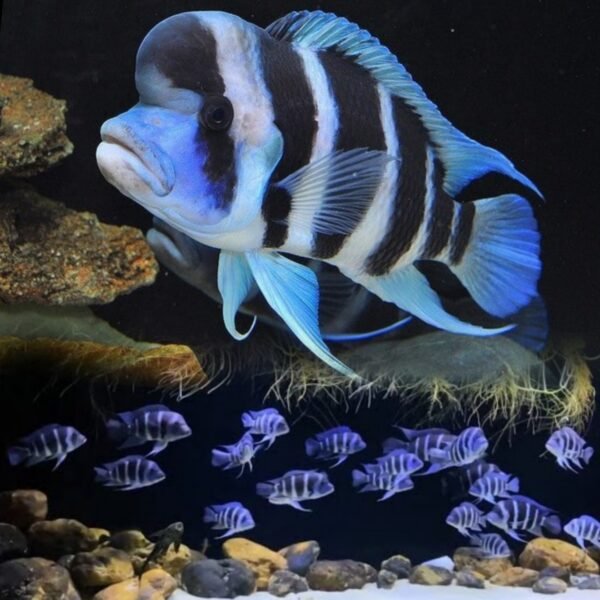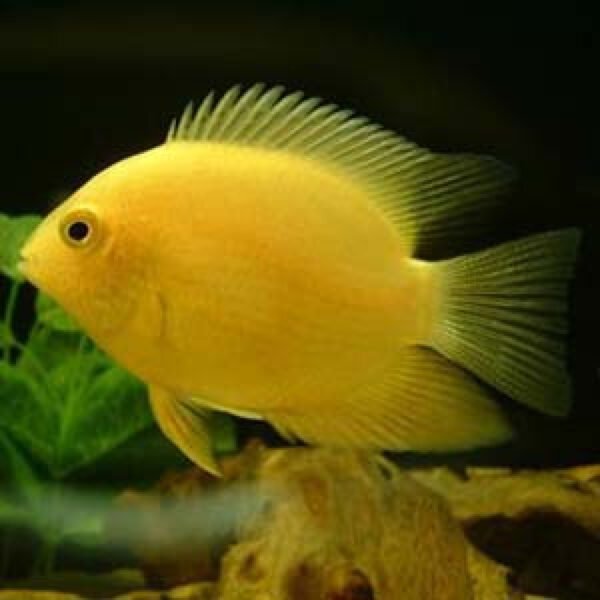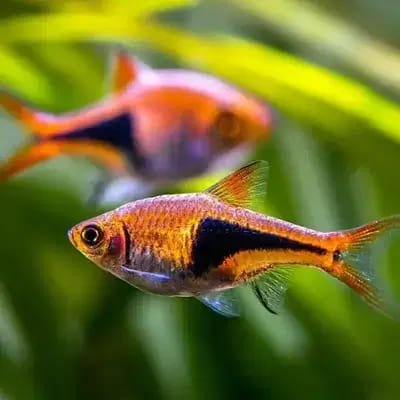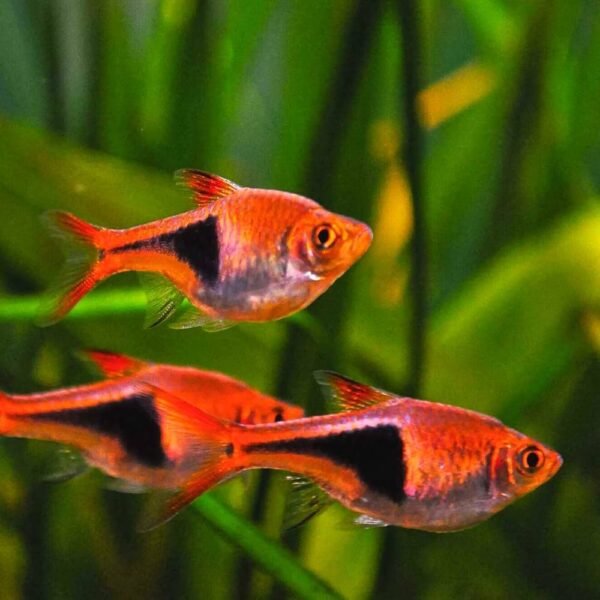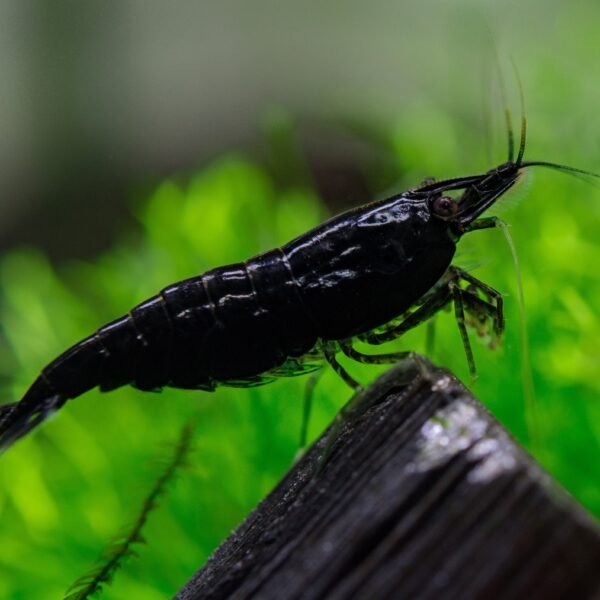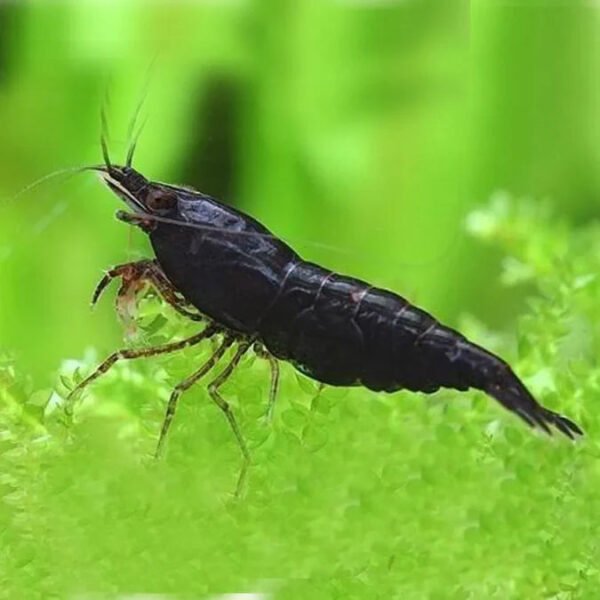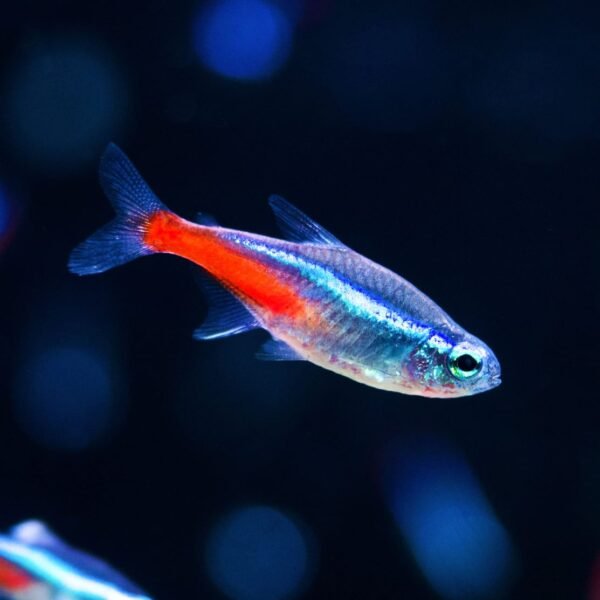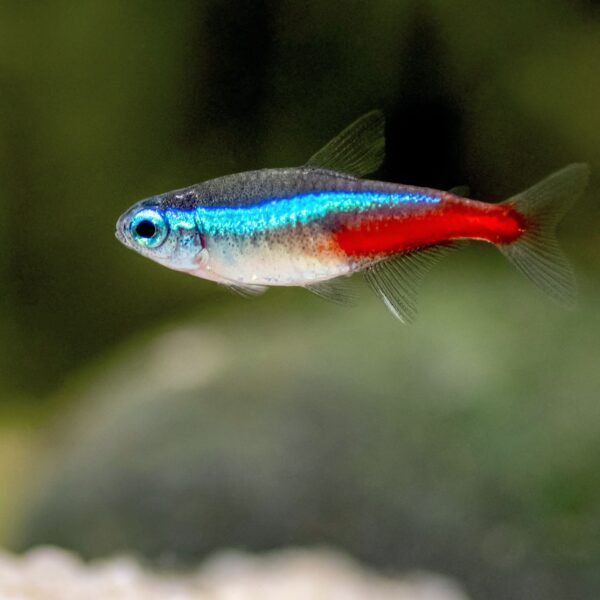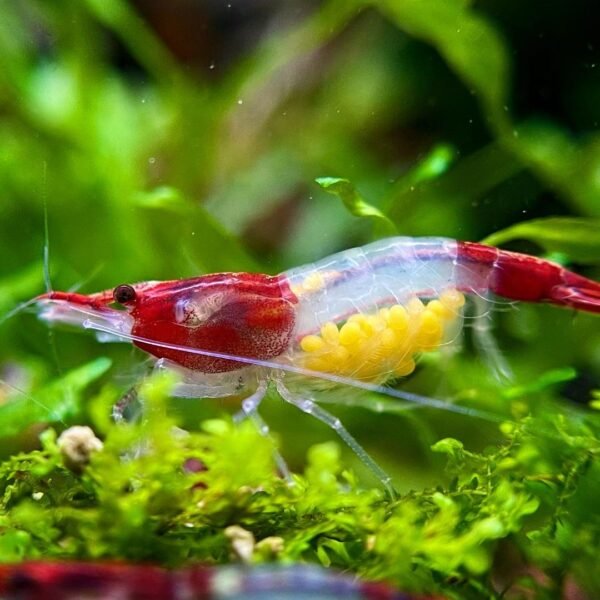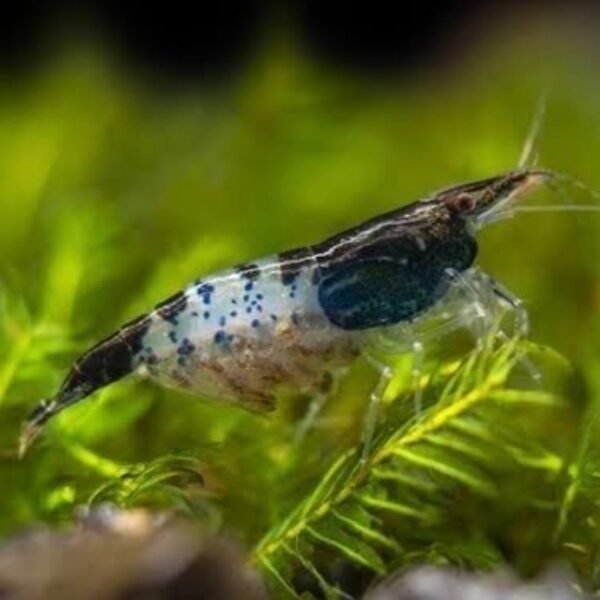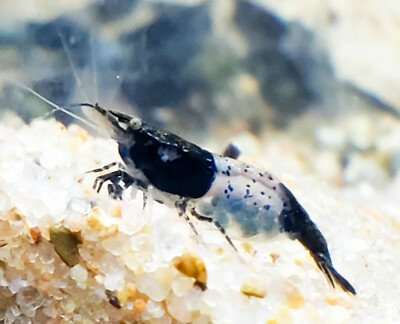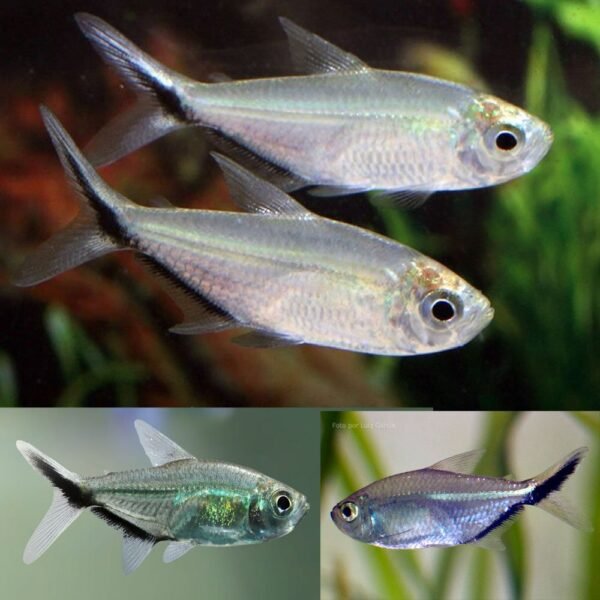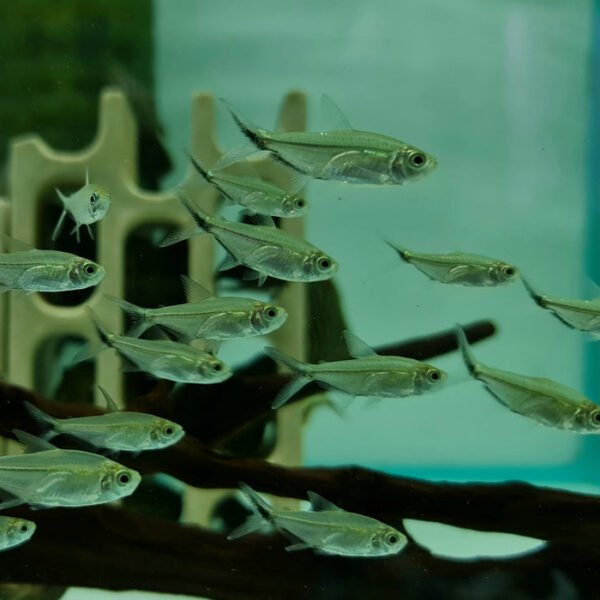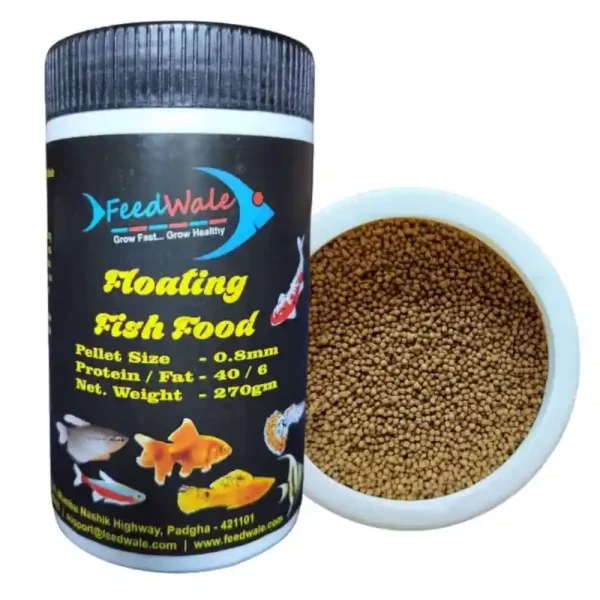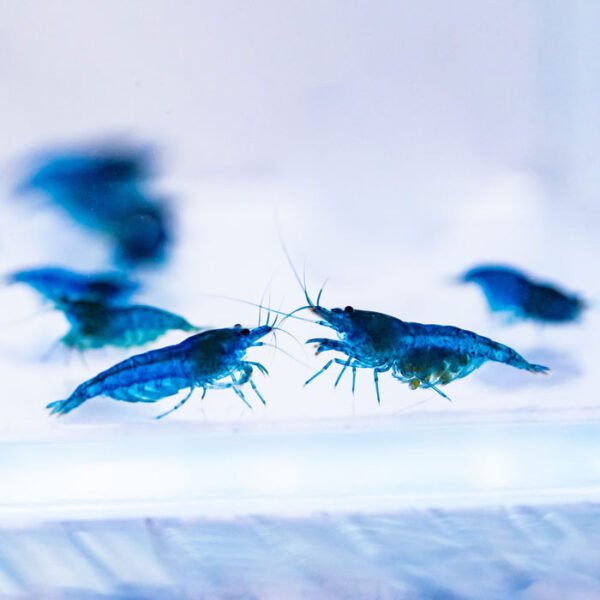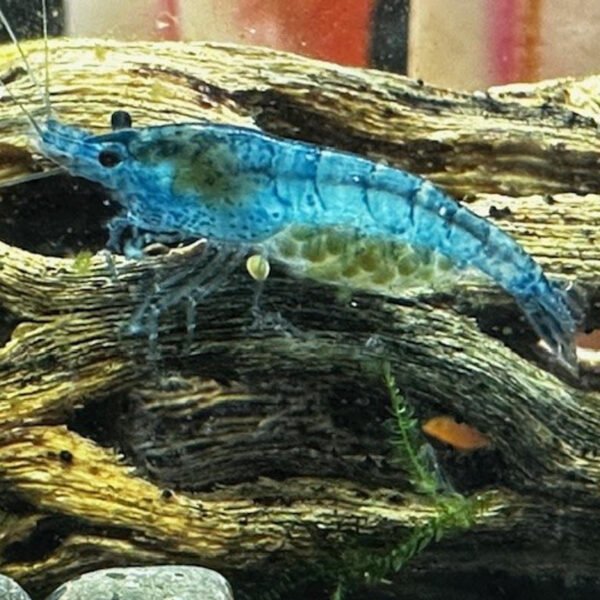Description
🐠 Frontosa Black Widow Cichlid
📌 Basic Info
-
Scientific Name: Cyphotilapia frontosa (Black Widow Variant)
-
Family: Cichlidae
-
Origin: Lake Tanganyika, East Africa (selective variant)
-
Size: 12 – 14 inches (30 – 35 cm)
-
Lifespan: 15+ years
-
Tank Zone: Bottom to Mid
🌊 Water Parameters
-
TDS: 180 – 250 ppm
-
pH: 7.8 – 9.0 (alkaline)
-
Temperature: 24 – 28°C (75 – 82°F)
-
Hardness: 8 – 20 dGH
🐟 Characteristics
-
Known as the “Black Widow” Frontosa due to its darker, shadow-like coloration.
-
Retains the classic nuchal hump (forehead bump) and striped pattern.
-
Very slow-moving, calm, and majestic in behavior.
-
Best for large aquariums with colonies.
-
Territorial but generally peaceful compared to other African cichlids.
🍽️ Food
-
Type: Carnivorous
-
Diet: High-quality sinking cichlid pellets, krill, shrimp, silversides, and occasional worms.
-
Feeding: Once or twice daily, small controlled portions.
🛠️ Maintenance
-
Tank Size: Minimum 100 gallons (larger for colonies).
-
Weekly Water Change: 25–30%.
-
Tank setup: Rocks, caves, sandy substrate, dim lighting preferred.
-
Strong filtration with stable alkaline water conditions.
👥 Social Behavior
-
Minimum Group Size: 5 or more (they thrive in colonies).
-
Tank Mates: Other large, peaceful African cichlids (like Altolamprologus, Synodontis catfish, Plecos).
-
Avoid: Small fish (may be eaten), aggressive Mbuna, or overly active tank mates.
✅ Do’s
-
Keep in groups for natural colony behavior.
-
Provide caves and hiding places.
-
Use alkaline, stable water conditions.
-
Give them a calm, spacious environment.
❌ Don’ts
-
Don’t mix with small or aggressive fish.
-
Don’t overcrowd the tank.
-
Don’t keep in tanks smaller than 100 gallons.
-
Don’t overfeed fatty or live feeder fish.
⭐ Quick Tips
The Black Widow Frontosa is a rare and striking color variant of the classic Frontosa.
Its dark, bold appearance makes it a centerpiece fish for large African cichlid aquariums.
Best for experienced aquarists who can provide a big, stable tank.

